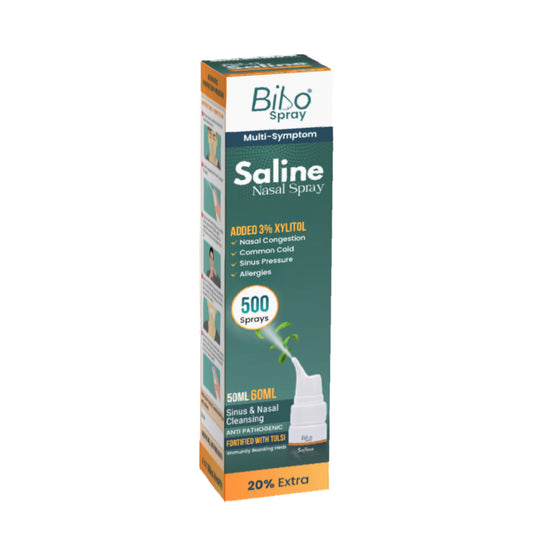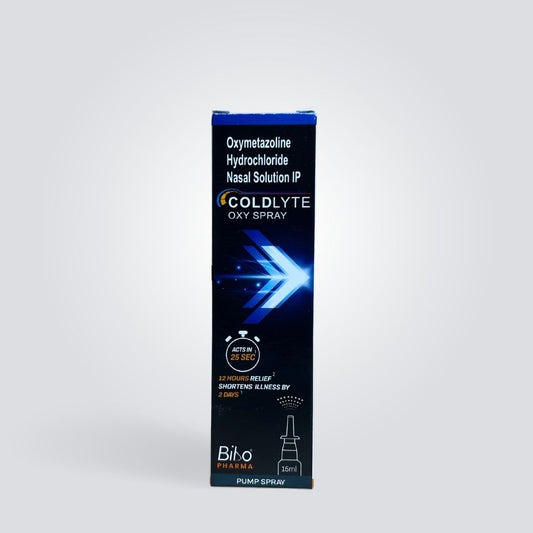We often think of pollution as something outside like smoke from cars, factories, or smog in the city. But indoor spaces can be just as dangerous.
Dust, pet dander, mold, household cleaners, candles, and even your furniture could be releasing harmful chemicals called VOCs (volatile organic compounds). Without proper ventilation, these pollutants get trapped inside, making the air stale and harmful to your lungs.
This issue is not just theoretical. Tech millionaire Bryan Johnson, known for his anti-aging efforts, recently experienced the dangers of poor air quality. During his visit to India, Johnson appeared on Nikhil Kamath's podcast but had to suddenly end the interview. He later explained that the air quality in the studio was so poor that even his air purifier couldn’t help. Johnson reported throat irritation, eye discomfort, and even skin rashes, despite taking precautions.
Johnson further shared shocking statistics- the indoor air quality during the podcast reached an AQI of 130, with PM2.5 levels equivalent to smoking 3.4 cigarettes over 24 hours. Such conditions, sadly, are more common than we realize, both outdoors and inside our homes.
Constant headaches, stuffy noses, itchy eyes, and even fatigue could all be signs of poor indoor air quality. Long-term exposure can worsen conditions like asthma and chronic obstructive pulmonary disease (COPD).
How Indoor Air Quality Impacts Your Respiratory Health
When we breathe in polluted air, harmful particles enter into our respiratory system.
Over time, these particles irritate our airways, causing inflammation and breathing difficulties. The long-term effects can be severe.
- People with asthma are especially susceptible to dust mites, mold, and VOCs, which trigger attacks and cause breathing difficulties.
-
For individuals with COPD, poor indoor air quality can lead to reducing lung function.
-
Even if you don’t have a diagnosed condition, exposure to pollutants can cause chest tightness, chronic coughing, or shortness of breath.

Maintaining good indoor air quality is essential to preventing these issues and promoting long-term respiratory health.
5 Tips to Improve Indoor Air Quality
Ventilation is Key- Ensure your home or workspace is well-ventilated. Open windows regularly to let fresh air in, especially after cooking or using cleaning products. Install exhaust fans in areas like kitchens and bathrooms to help air circulate.
Bring Nature Indoors with Houseplants- Certain indoor plants, like spider plants and snake plants, act as natural air purifiers. They absorb toxins and help regulate humidity levels, making your air cleaner and fresher.
Maintain the Right Humidity Levels- Too much moisture can lead to mold growth, while dry air can irritate the respiratory tract. Use a humidifier or dehumidifier to keep the air balanced ideally between 30-50% humidity.
Clean Regularly to Reduce Allergens- Dust mites, pet dander, and dirt accumulate quickly. Vacuum regularly with a HEPA filter vacuum and dust surfaces to prevent buildup. Don’t forget to wash your curtains and upholstery, which can harbor allergens.
Switch to Non-Toxic Cleaning Products- Many household cleaners contain harsh chemicals that can release VOCs. Choosing for non-toxic, natural cleaners or making our own using simple ingredients like vinegar and baking soda.
The air you breathe has a direct impact on your health, and ignoring indoor air quality can have serious consequences, especially for your lungs. Luckily, by following these simple tips like ventilating your home, using air purifiers, and paying attention to your cleaning habits, you can significantly improve the quality of your indoor air and protect your respiratory health.
Refreshers:
-
Bryan Johnson - A tech millionaire known for his anti-aging efforts, who experienced poor indoor air quality during a podcast recording in India.
-
Nikhil Kamath's Podcast - The platform where Bryan Johnson appeared and had to end an interview due to unhealthy indoor air quality.
-
AQI (Air Quality Index) - A measure of air quality referenced in the blog, with a value of 130 noted as unhealthy during the podcast incident.
-
PM2.5 Levels - Fine particulate matter highlighted as a key pollutant, with levels during the podcast equivalent to smoking 3.4 cigarettes over 24 hours.
Keywords:
Indoor Air Quality - The condition of air within enclosed spaces.
Pollution - Refers to indoor pollutants that degrade air quality.
Respiratory Health - The impact of air quality on breathing and lung-related conditions.
Ventilation - A method emphasized for improving indoor air quality.
Houseplants - Suggested as a natural way to enhance air quality indoors.
Humidity - The importance of maintaining appropriate moisture levels to prevent air quality issues.
Non-toxic Cleaning Products - Products advised to avoid introducing harmful chemicals into the air.
Bryan Johnson - Used as a case study for poor air quality experiences.
AQI - A metric for assessing air quality levels.
PM2.5 - A specific type of fine particulate matter identified as a pollutant.
Asthma - A respiratory condition worsened by poor indoor air quality.
COPD - Chronic Obstructive Pulmonary Disease, another health issue linked to air quality.
VOCs (Volatile Organic Compounds) - Harmful chemicals released from various indoor sources.
Dust - A common indoor pollutant affecting air quality.
Mold - A pollutant that thrives in poor air conditions and impacts health.
Pet Dander - Animal-related allergens contributing to indoor pollution.
Household Cleaners - A source of VOCs in the home.
Candles - A potential contributor to indoor air pollution.
Furniture - Source of VOCs due to off-gassing.




